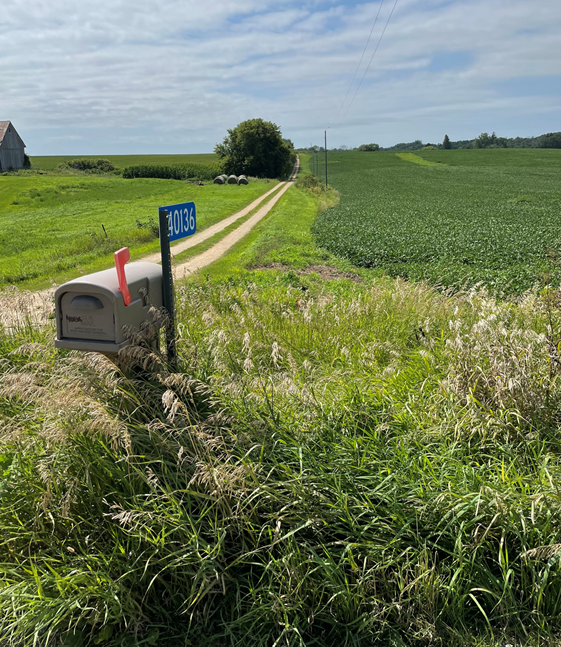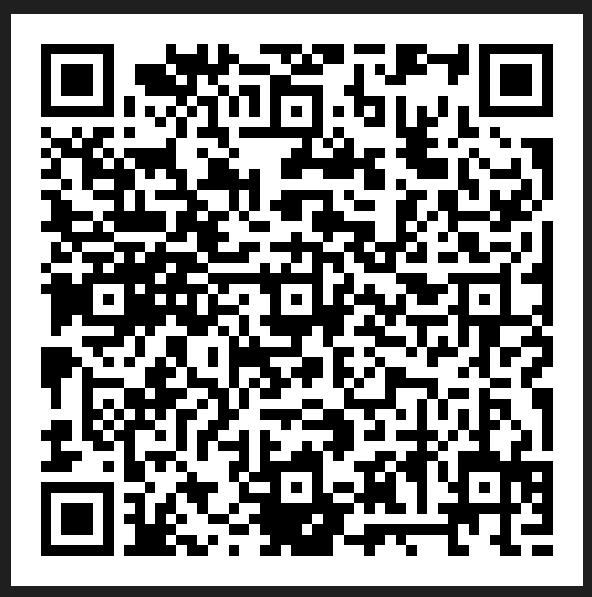What is a line extension?
A line extension would be the continuation of an existing wired broadband service from either a pedestal/connection point already placed along the roadway to serve a location or from a nearby neighborhood fiber node. In both instances, fiber is close to the location, but an aid-to-construction (or excess construction) charge is a barrier to the household or business subscribing to service. For example, many companies charge to place the drop from the roadside pedestal to the home if a driveway exceeds a certain length. The Line Extension Connection Program will provide a grant to the broadband provider to cover the cost to run the wire for the broadband service to the home. The resident is then responsible for the monthly cost of service.
How quickly will line extensions be installed under this program?
This program has a number of steps built into the process. An approximate timeline for round 3 is as follows:
- Address is registered in portal (November 2022 – April 30, 2024)
- Every six months OBD sends list of addresses to broadband providers in Minnesota (May 2024)
- Broadband providers notify OBD if they can already serve any of the addresses (May 2024)
- Reverse auction begins (May 2024)
- Broadband service providers have 60 days to submit bids (July 2024)
- OBD selects winning bids (September 2024)
- OBD enters contracts with all winning bidders (October – December 2024)
- Winning bidders have one year from to build the line extension (October – December 2025)
While it is possible that some initial line extensions awarded in round 1 could be constructed in the fall of 2023, most line extensions will be constructed by contract deadlines for the round in which they were awarded:
- Round 1: December 31, 2024
- Round 2: June 30, 2025
- Round 3: December 31, 2025
If you need broadband service sooner than this program provides, you may want to reach out to broadband providers in your area to see about paying for a line extension directly (and not as part of this program).
Is there any way to speed up the process for the Line Extension Connection Program?
Many of the steps are laid out in statute so we cannot shorten them; or the steps include time needed by providers to prepare responses or for OBD to complete reviews so it would be impractical to shorten them. If we have a large number of addresses initially entered into the portal such that it makes sense to issue that initial list before the six months allowed in statute, and we have the resources to do so, OBD will evaluate whether to send the initial list to broadband providers prior to May 2023.
What broadband speeds will be available after the line extension is constructed?
Winning broadband providers will have to construct broadband service that deliver speeds of at least 100Mbps download and 100Mbps upload. While the language in the state law says that the line extension infrastructure must support broadband service scalable to speeds of at least 100Mbps download and upload, this program is being funded with federal American Rescue Plan Act funding administered by the U.S. Department of the Treasury and the federal requirements are that service of 100Mbps download and 100Mbps upload be available at the time service is offered over the infrastructure paid for with federal money.
Can I register my address if I want a different internet provider to serve me?
Only locations that do not have a wired broadband service with speeds of at least 25Mbps download and 3Mbps upload available are eligible for this program. If your address has service from an existing wired broadband provider available at or above 25Mbps download and 3Mbps upload, it is not eligible for this program.
Can I register my address if I want a faster internet connection then what is available from my current provider?
If your current broadband service has speeds available that you can subscribe to that are at or above 25Mbps download and 3Mbps upload, then your address is not eligible for this program. Locations with service at or below 100Mbps download and 20Mbps upload are eligible for the Border-to-Border Broadband grant program, so you may want to talk to your county, city or township officials about whether they are working with any broadband providers for a Border-to-Border Broadband grant application for your area.
Can I submit applications for several addresses in my neighborhood?
The statute provides that each person should enter their own address where service is not available. The form also has a signature box for the person completing the form affirming the information provided. Therefore, you should have each person in your area that is unserved enter their own address. Broadband providers can then decide how to respond in the reverse auction to serve multiple addresses under this program or possibly submit a Border-to-Border Broadband grant application to build out the area under a larger project.
Does the Line Extension Connection Program guarantee that I will get service from a broadband provider?
No, there is no guarantee that a broadband provider will bid on your address. It is possible that even with a state subsidy of $25,000, the cost to serve your location is too expensive for any provider to be able to make the business case to extend service to you. This is most likely to happen where there are no existing facilities close enough to your home or business from which to extend service capable of providing speeds of at least 100Mbps download and upload. Our office will be tracking locations where no bids are received to prioritize as Border-to-Border Broadband grant project areas under federal funding that the state will receive under the Broadband Equity, Access and Deployment (BEAD) program.
If a broadband provider indicates that service is available already at my address and I disagree, how can I challenge that information?
OBD will begin by checking the interactive map for the address to see what is reported as being available. If you disagree, you can contest what the map shows (at any time, not just to register for the line extension program), and we will work with you and the provider, to clarify the speeds available.
Does the resident get the $25,000 grant to find a broadband provider and pay for the line extension?
No, the resident enters their address in the portal. From that point in the process, OBD will conduct a reverse auction, select the winning bidder, and contract with that broadband provider for the line extension to be built. Upon completion of the line extension construction, OBD will award the funding based on the contract terms.
What if I don't want service from the broadband provider that wins in the reverse auction for my location?
If you do not want service from the winning bidder, when the provider reaches out for permission to bury the line, you can refuse access. It should also be noted that this program is structured to award funding to the broadband service provider that bids the least amount of financial support from the state and for which OBD determines that the selected bids result in a cost-effective expenditure of state resources. There is no language in the process outlined in statute for outside input as to which bid should be selected (assuming multiple bidders for an address). If there are multiple unserved addresses and the residents want to have a say in who their broadband provider is, then working with a preferred provider to submit an application to the Border-to-Border broadband grant program for that area would be a more suitable program.
If there are multiple bids for the same address, how will OBD select between bidders to determine the winning bidder?
The language in the statute directs OBD to select the winning bidder by the bidder that requests the least amount of financial support from the state, provided that OBD determines that the selected bids represent a cost-effective expenditure of state resources. If the grant amount requested is the same between two bidders, then OBD would look to see which provider has the more affordable monthly rates for broadband service.
How long will the Line Extension Connection Program be available?
The state legislature appropriated $15 million of federal funding for this program, with each line extension eligible for up to $25,000 in grant funding. If all line extension bids are received at the maximum amount (which is unlikely), it is possible that the program would be able to fund a total of 600 line extensions. This federal funding must also be spent by December 2026, so the portal to register addresses will be open as long as funding is available or through May 2025.
 In the 2022 Legislative Session, the Office of Broadband Development (OBD) was directed to create a new program, the Broadband Line Extension Connection Program. The purpose of the program is to award grants for the extension of existing broadband infrastructure to unserved locations. An unserved location is a location that does not have a wired broadband service of at least 25Mbps download and 3 Mbps upload.
In the 2022 Legislative Session, the Office of Broadband Development (OBD) was directed to create a new program, the Broadband Line Extension Connection Program. The purpose of the program is to award grants for the extension of existing broadband infrastructure to unserved locations. An unserved location is a location that does not have a wired broadband service of at least 25Mbps download and 3 Mbps upload.

 A household or business can apply to the Line Extension Connection program if it does not have wireline internet service of at least 25 Mbps Download and 3 Mbps Upload.
A household or business can apply to the Line Extension Connection program if it does not have wireline internet service of at least 25 Mbps Download and 3 Mbps Upload.